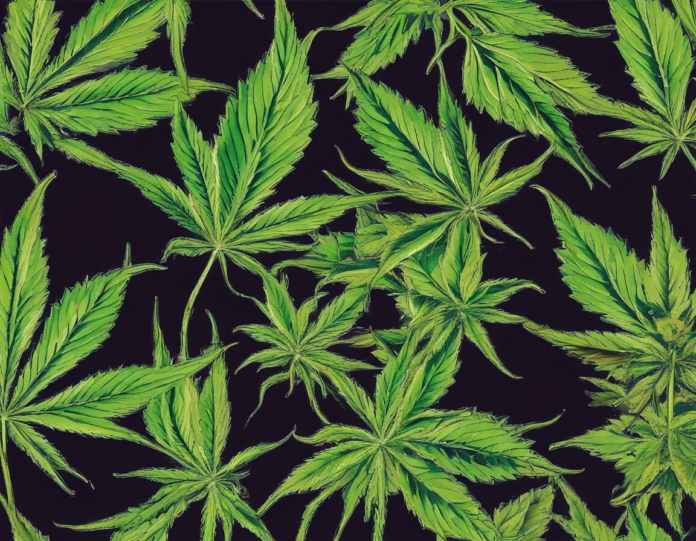The legalization of cannabis for recreational use has been a topic of much debate and discussion across the globe. In recent years, several countries and states have taken steps to legalize the plant, aiming to regulate its production, distribution, and consumption. Cannabis legalization at 21 specifically has gained attention due to concerns regarding its effects on the developing brain of individuals under the age of 21. In this article, we will explore the impact of cannabis legalization at 21 from various perspectives, including health, legal, societal, and economic aspects.
Health Implications
One of the primary concerns surrounding cannabis use among individuals under the age of 21 is its impact on brain development. The brain continues to develop well into a person’s twenties, and regular cannabis use before the age of 21 has been associated with negative effects on cognitive functions, such as memory, attention, and decision-making. Research suggests that early and heavy cannabis use during adolescence may alter the brain’s neural connectivity, potentially leading to long-term consequences.
Moreover, cannabis use at a young age has been linked to an increased risk of mental health disorders, such as anxiety and depression. Individuals with a predisposition to mental health issues may be more susceptible to the adverse effects of cannabis use, making early exposure a significant concern.
Legal Ramifications
Setting the legal age for cannabis consumption at 21 raises several legal considerations. Firstly, it aligns with the legal drinking age in many jurisdictions, aiming to create consistency in regulations regarding substance use. By prohibiting individuals under the age of 21 from consuming cannabis, lawmakers hope to mitigate the potential harms associated with early exposure.
Furthermore, enforcing the legal age of 21 for cannabis use presents challenges in terms of regulation and control. Preventing underage consumption requires robust identification and enforcement measures to ensure compliance with the law. Law enforcement agencies, retailers, and other stakeholders must work together to uphold the age restriction and discourage illicit activities.
Societal Impact
The societal impact of setting the legal age for cannabis use at 21 extends beyond health and legal considerations. It prompts discussions about social norms, public perception, and youth education regarding cannabis use. By establishing 21 as the legal age, society sends a message about the responsible use of cannabis and the importance of protecting young individuals from potential harm.
Moreover, the legal age restriction opens dialogue on the influence of peer pressure, media, and advertising on youth consumption patterns. Educating young people about the risks and benefits of cannabis use empowers them to make informed decisions and resist external pressures that may encourage early experimentation.
Economic Implications
The economic implications of setting the legal age for cannabis use at 21 are multifaceted. From a regulatory standpoint, compliance and enforcement efforts incur costs for government agencies and businesses. Strict adherence to age restrictions requires investments in training, monitoring, and enforcement mechanisms to ensure legal compliance across the supply chain.
Furthermore, tax revenues from the cannabis industry may be affected by the legal age restriction. Market demand for cannabis products among individuals aged 21 and older determines the flow of tax income to government coffers. Balancing economic opportunities with public health considerations remains a key challenge for policymakers and industry stakeholders.
FAQs
- What is the rationale behind setting the legal age for cannabis use at 21?
-
The legal age of 21 aligns with existing age restrictions for alcohol consumption in many jurisdictions and aims to protect the developing brains of young individuals.
-
How does cannabis use before the age of 21 impact brain development?
-
Early cannabis use has been associated with alterations in neural connectivity, cognitive impairments, and an increased risk of mental health disorders.
-
What measures are in place to prevent underage cannabis consumption?
-
Robust identification and enforcement measures are implemented to ensure compliance with the legal age restriction and deter underage consumption.
-
How does setting the legal age for cannabis use at 21 influence societal norms?
-
Establishing 21 as the legal age conveys messages about responsible cannabis use, youth protection, and the importance of informed decision-making.
-
What economic considerations are associated with the legal age restriction for cannabis use?
- Compliance costs, enforcement efforts, tax revenues, and market dynamics are among the economic factors influenced by setting the legal age for cannabis consumption at 21.
In conclusion, cannabis legalization at 21 reflects a complex interplay of health, legal, societal, and economic factors. While the legal age restriction aims to protect young individuals from the potential harms of early cannabis use, addressing the associated challenges requires a comprehensive approach involving education, regulation, and collaboration among stakeholders. By examining the impact of cannabis legalization at 21 from various angles, policymakers and communities can make informed decisions that balance public health concerns with individual freedoms and economic opportunities.
